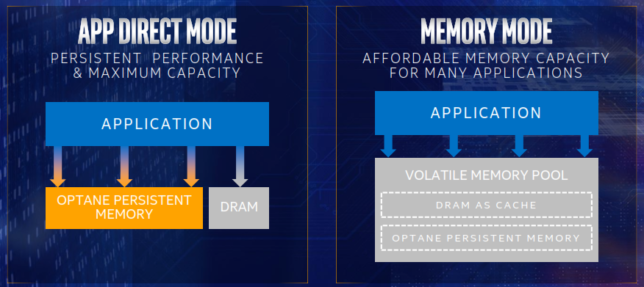TORONTO — Only months after announcing it would slowly wind down its 3D Xpoint collaboration with Micron Technology, Intel Corp. has outlined where it sees the persistent memory delivering the most benefits.
Its latest data center strategy includes two new members of its Xeon process family. The Xeon E-2100 processor is available immediately, while its Cascade Lake advanced performance processor will be released in the first half of next year.
The E-2100 processor is aimed at small- and medium-size business and cloud service providers to support workloads on entry-level servers, as well as across all computing segments for sensitive workloads that need enhanced data protections. Cascade Lake, however, is a new class of scalable Xeon processor, said Lisa Spelman, vice president and general manager of Intel Xeon products and data center marketing.
Read the full story on EE Times.
Gary Hilson is a freelance writer with a focus on B2B technology, including information technology, cybersecurity, and semiconductors.

